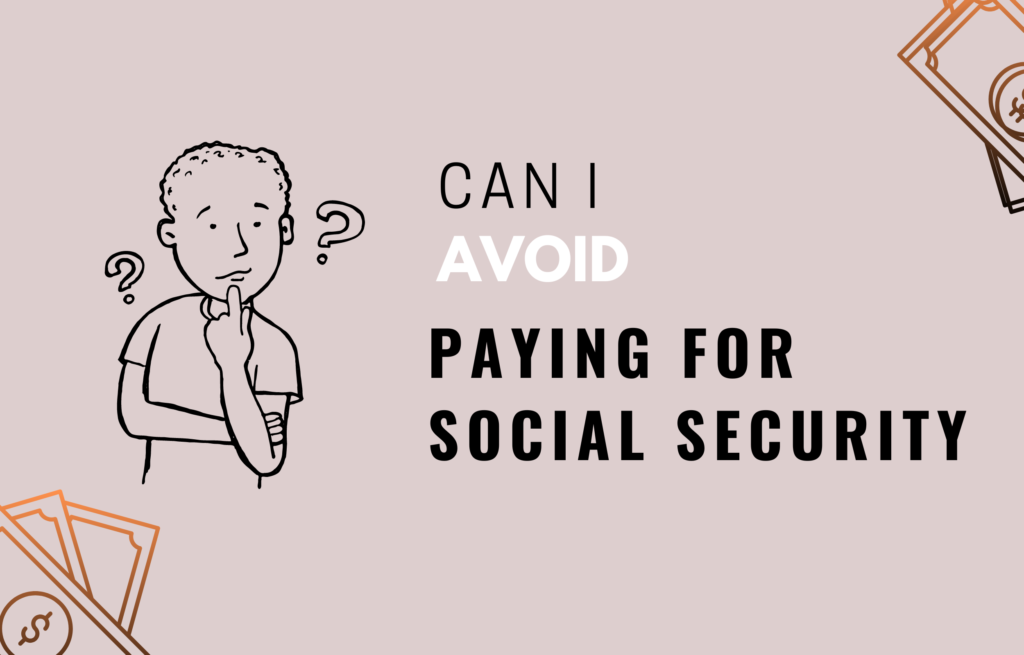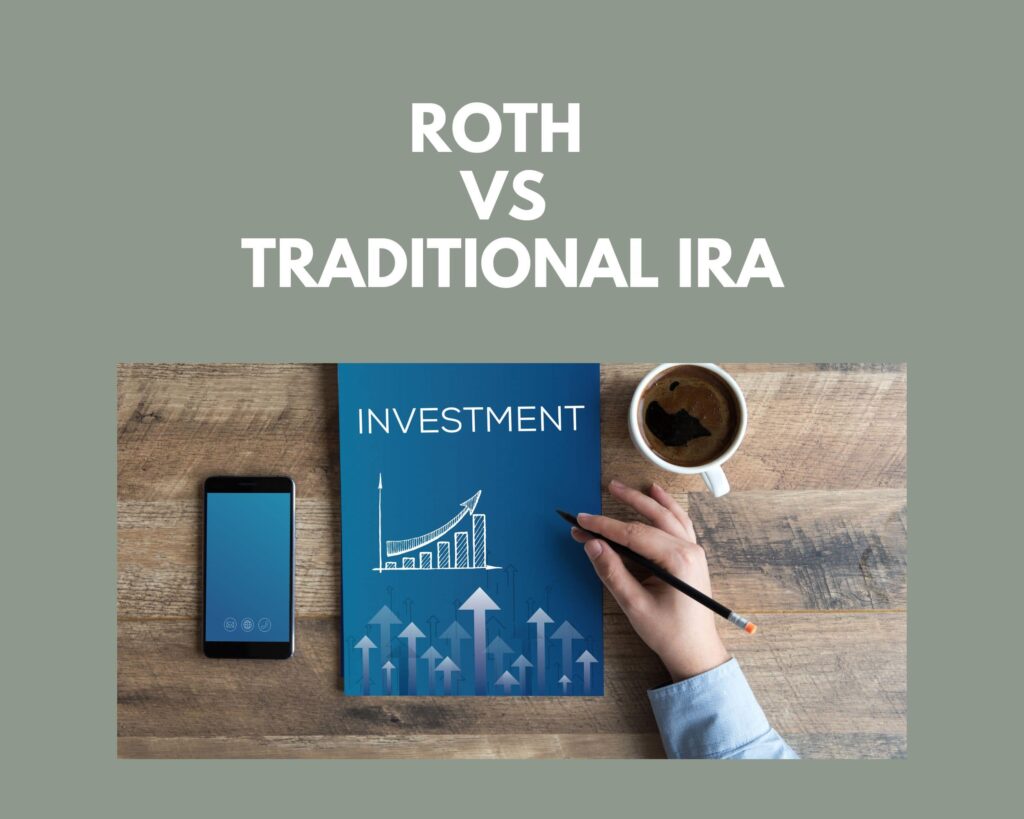Who doesn’t dream of being financially free and doing whatever you want with your precious time? I can assume that we all want to be free to do what we love. I have become fascinated with this movement since I came across it. This is an excellent option for people who wish to retire while still young and healthy. The traditional retirement age is ridiculous, and many of us will not be fully healthy by that age.
What is the F.I.R.E. movement?
The F.I.R.E. (Financial Independence Retire Early) movement is a lifestyle movement that aims to gain financial freedom and retire early. People practicing this lifestyle prioritize saving and investing. They may also reduce their expenses and learn ways to increase income.
The goal is to have the financial flexibility to do what they love instead of sitting all day in a nine-to-five job.
FIRE came from a 1992 book, “Your Money or Your Life,” by Joe Dominguez and Vicki Robin. In this book, the author explains how you can achieve financial independence and live a life that aligns with your values and goals by changing your relationship with money.
How does F.I.R.E. work?
The F.I.R.E. followers must determine their fire number. That is, the amount they will need to retire early. Then, they must drastically reduce their expenses, find ways to increase their income, and invest the money they save in various investment accounts. The goal is to have enough cash flow to cover their lifestyle expenses when they retire.
How to determine your F.I.R.E. number – Rule of 25, or 4%?
The rule of 25 consists of saving 25 times your annual retirement expenses. To calculate this number, you multiply your monthly expenses by 12, that’s your yearly expenses. Then, multiply that annual expense by 25 to get your FIRE number or the amount you need to save to retire.
For instance, Mike has a monthly expense of $4,000, so he multiplies 4,000 by 12 to get an annual expense of $48,000.Then, he multiplies 48,000 by 25; this equal $1.2 million. That is his fire number. In other words, this is the amount he will need to produce enough cash flow to support his lifestyle in retirement.
The 4% rule consists of having enough investment to withdraw 4%, which should cover your monthly expenses without touching your principal. After the first year of retirement, you adjust the dollar amount you started to account for inflation. You will continue to do that for the subsequent years. The 4% rule assumes a 30-year time horizon, so this may only work if you plan to stay in retirement for this time frame.
For example, Rosy’s retirement portfolio is worth $1 million. She will withdraw $40,000 in her first year of retirement. If the cost of living rises 3% the following year, she will give herself a 3% raise that year, withdrawing $41,200, and so on for the next 30 years.
Correct savings rate
How much you should save depends on how early you want to retire and how much you need. A F.I.R.E. calculator can help you figure these numbers out. Once you have these numbers, create and follow a strategic plan. This plan should include investing so you take advantage of compound interest.
Also, use tax advantage accounts such as 401ks, IRAs, and HSA. These accounts give you the benefits of tax-free growth and compounding returns. For instance, Roth IRAs allow you to pay taxes upfront, making your investments tax-free. As a result, you can withdraw your investment tax-free in retirement.
IRAs and 401(k)s accounts have annual contribution limits, so if you maxed them out, you can continue to invest in a regular brokerage account because there’s no limit to how much you can invest there. Consider your risk tolerance when deciding what to invest in (stocks, bonds, index funds, or ETFs).
You cannot withdraw penalty-free from 401K accounts until 59½. Therefore, determine how much money you’ll need between your goal retirement age and 59½. Then, consider saving that amount in your regular brokerage account. You can use this money until you start taking your 401k retirement account distributions. Lastly, consider your tax responsibility in your strategy.
FIRE movement types
Lean FIRE
Lean FIRE consists of having a minimalist lifestyle, so you can save more than half of your income to achieve financial independence faster. The idea is to have just enough investment to cover your basic needs so that you can free yourself from the 9 to 4 job. This requires a highly frugal lifestyle before and in retirement. This is attractive to those with anti-consumerist views.
Fat FIRE
Fat FIRE followers want an above-average retirement salary, so they save aggressively to produce a higher than yearly expenses income. In other words, they want a more expensive lifestyle.
Barista FIRE
Followers of this version of F.I.R.E. save enough to work less. In other words, they save enough to retire partially. This is perfect for people who want to spend more time on work that matters to them. For instance, you can work twenty hours weekly in your regular job and twenty on your true passion.
Possible risks
If you retire early, you must fund your medical expenses until Medicare kicks in around age 65. This is something you must prepare for and include in your retirement plan. Also, your investments may not perform as well as expected, pushing you to withdraw from your investment principal.
F.I.R.E. is attractive, but it isn’t for everybody. You have to be disciplined and be willing to delay gratification. It requires that you save most of your income and have a strong mindset. You must constantly say no to family and friends when they invite you to events that can cost significant money. However, it can be gratifying if you are willing to do what it takes.
5 Must have quality for F.I.R.E.
- Save a high percentage of your income.
- Invest aggressively
- Practice Frugality
- Delay gratification
- Be disciplined and consistent




